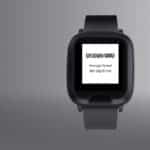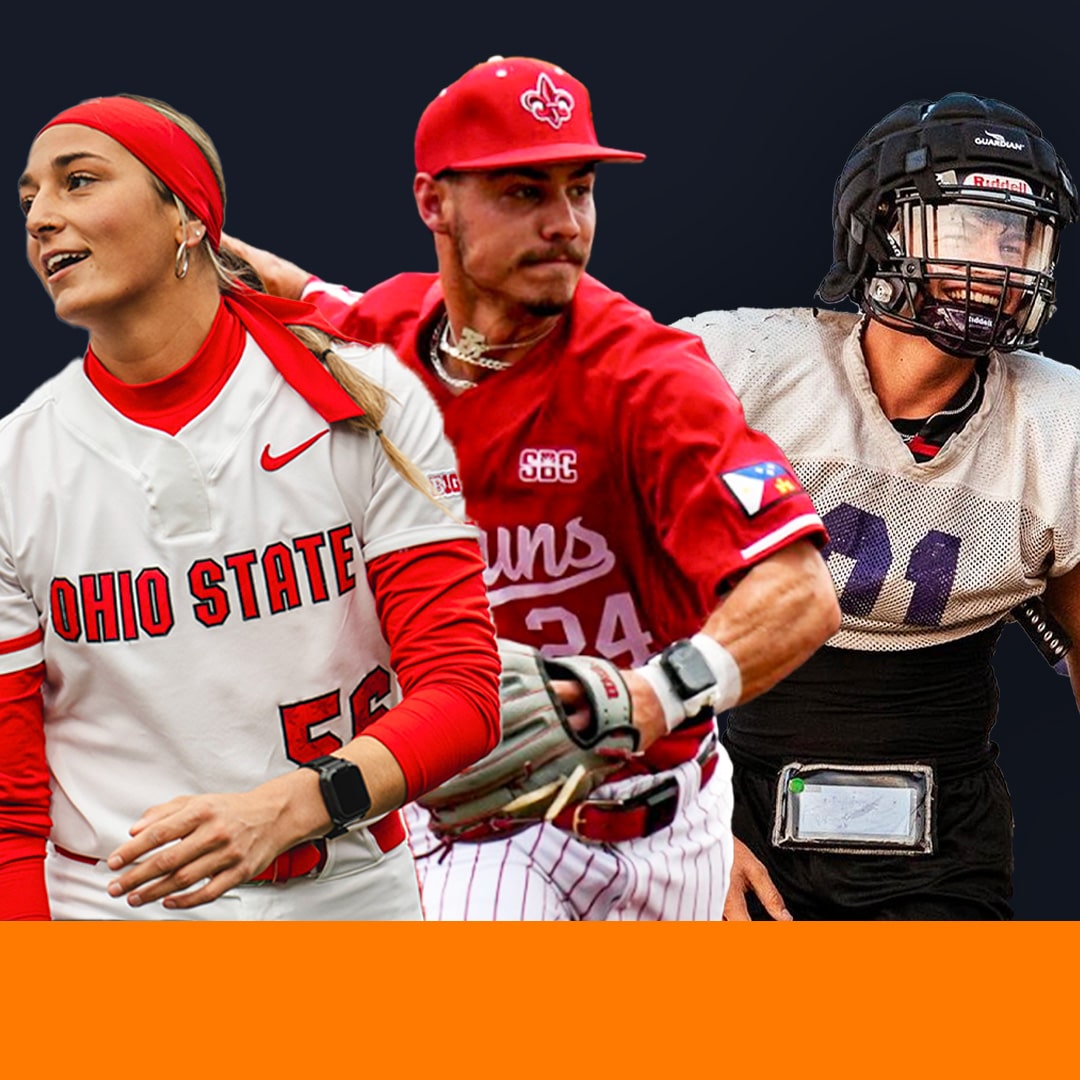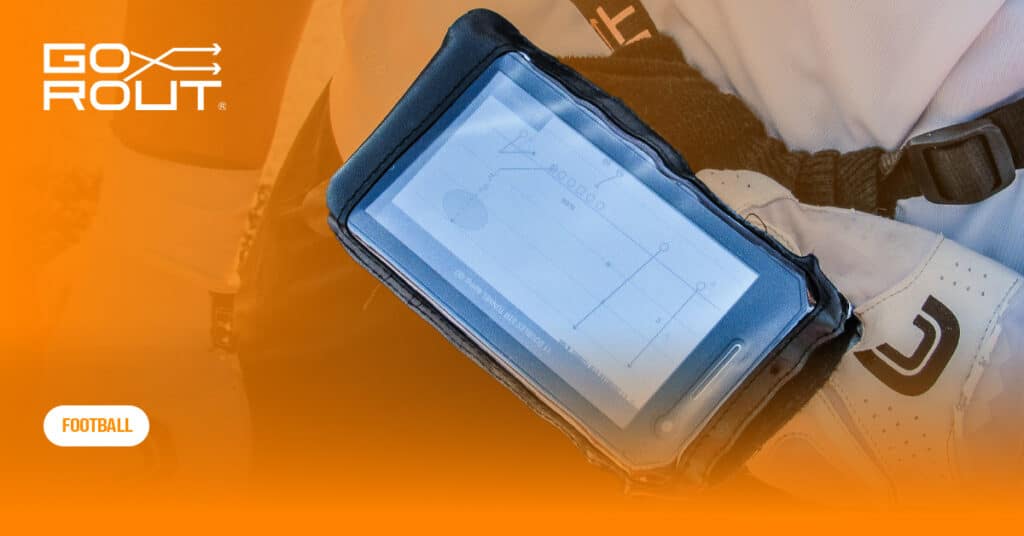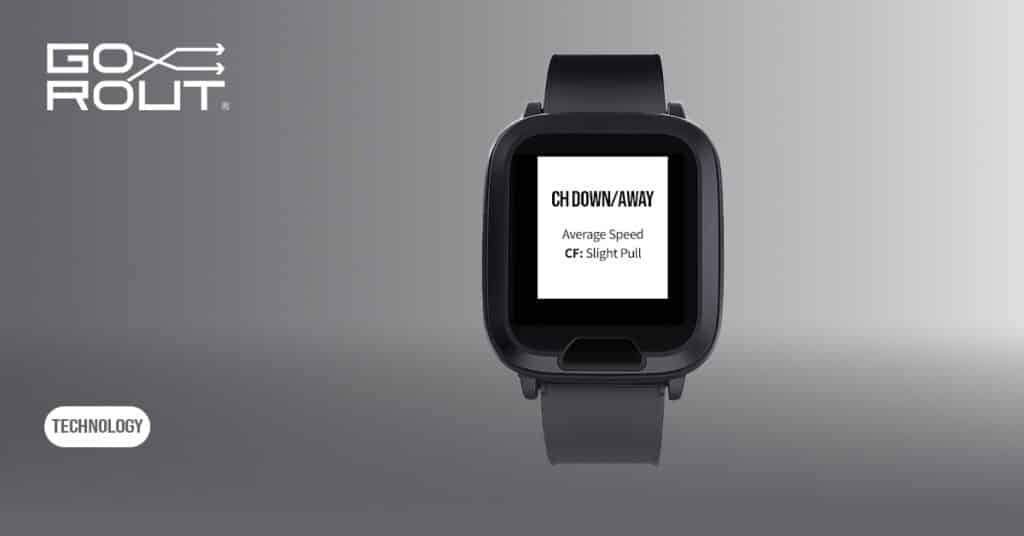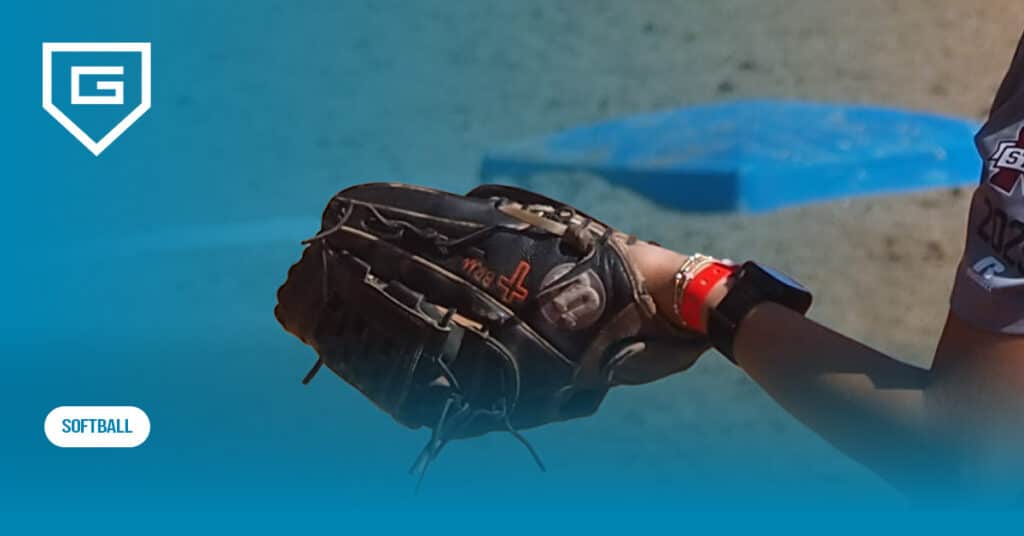History of Play Calling Communication: 30 Years of Tech in Football
Reading Time: 3 minutes
Reading Time: 3 minutes
Play calling in football was limited to verbal communication and hand signals until the NFL approved use of electronic play calling tech in 1994. The Cleveland Browns were technically the first to experiment with technology on the gridiron, but their use of radio signals in the 1956 season was quickly shut down by league officials. 38 years later, however, the NFL decided that the pace of play was much slower than they desired. The introduction of electronic play calling resolved the issue and served as a catalyst for newer, streamlined connection from coaches to players.
Prior to technology in football, the process of calling plays was polarizing from team to team. Some coaches would send out substitutions before every snap to relay play calls to the quarterback. Others believed that quarterbacks needed total understanding of the playbook and the freedom to run the offense themselves. Paul Brown, the namesake of the Cleveland Browns, didn’t believe either of these options were sustainable. His team began experimenting with with radio communication for play calling in 1956. The method of calling in plays through radio was allowed for all of four games before the competitive advantage became apparent. The use of radio was reviewed internally by the NFL and was banned.
The play clock was added to increase pace of play 20 years later, and it took another 18 years for consideration of electronic communication to resurface. Another in-depth review of radio communication in the the NFL took place in 1994, and the decision to permit its use for all 32 teams was made.
Football Play Calling Technology was approved for use in 1994
Frequency communication continues to be used to this day and can be found everywhere from high schools to the NFL. Although it’s been the preferred form of communication for 30 years now, frequency communication presents a variety of issues. Coaches have read frequencies from other teams channels and external network interference is hardly uncommon. In an attempt to eliminate these issues, the NFL implemented a CBRS system into all 32 stadiums across the league in 2023. CBRS stands for Citizens Broadband Radio Service. It is a private LTE network that is operated by Verizon Wireless. Implemented specifically for sideline communications, CBRS hinders the ability for outside sources to interfere with teams’ internal comms and play calling.
The NFL’s history of seeking more efficient means of communication encompasses the game’s willingness to evolve.
What will be the next evolution of communication in football?
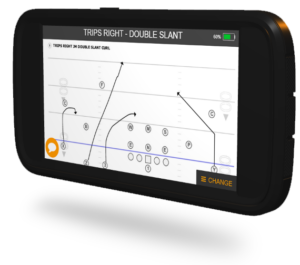
As for the future of electronic comms, GoRout is a spearhead for where football is headed. GoRout’s wearable play calling devices provide a more practical option for non-professional leagues than CBRS installment. Wearables provide reliable, secure, and affordable electronic communication to teams of all levels.
GoRout Gridiron is a new form of in-game play calling. It allows coaches to communicate with all 11 players on the field through the use of wearable devices. The Liberty League, an NCAA Division-3 conference, has approved experimental use of these in-game wearables for the 2024-25 season. This trial will allow other college, high school, and professional leagues to be permitted for use of in-game wearables.
We have reached a point of exponential growth with technology in sports, and football is at the forefront of evolution. As we celebrate 30 years of electronic communication in football, we look ahead to further improved messaging in the game.


